I was updating my notes and writing up any changes when I had an email from Gordon Shaw for tipping me off about a colony in Alcalá de Guadaíra, a mere 90 minutes away from my base in Alcalá de los Gazules (there are many "alcalás" as it means 'stronghold' in Arabic). Better still this site is only 20 minutes from Aeropuerto de Sevilla (into which I often fly) and only a 10 minute detour off the SE 40 as you head south. A quick check of the Atlas de las Aves Reproductoras de España (Pub. 2004) confirmed that this population hadn't been reported twenty-odd years ago. However, with the release online of the latest Spanish bird atlas (III Atlas Aves - see https://atlasaves.seo.org/ and below) it's clear that the population had been established at the time of the new survey (2014-2017). The new atlas appears to show a mixed picture with populations now established on the east bank of the Guadalquivir but also missing in large areas of Huelva province. Does this apparent absence reflect a decline in population or poorer survey work?
Delving more deeply into the reports around on eBird I found fewer than a dozen reports from the immediate vicinity of Sevilla (mainly of 1-2 birds although eight were reported at Parque del Alamillo in 2019). Given the source it's not surprising that most reports are post 2020 (i.e. after the use of eBird increased markedly). Records from Alcalá de Guadaíra are quite different in nature (if not in time frame); the first report on eBird comes from 2018 when 8 were reported and since then the lowest count has been of 3 birds (2021) and the highest of 39 (2022). Gordon reported to me that they were 'common' around his hotel in Parque Oromana and the report in 2018 of 8 birds in the Parque Ribera del Guadaíra (just to the west of the castillo) which suggests a population throughout the stone pine woodland along the Rio Guadaíra Unlike reports in Sevilla this is obviously a secure and perhaps growing population. The nearest other cluster of reports (involving fewer records and fewer birds) is from Carmona to the north-east. It's likely that Azure-winged Magpie were commoner in the lower Guadalquivir valley in the past when more areas were, I'm told, afforested so this may be an overlooked relict population. However, I prefer to think it's a indication that the population is expanding. Either way my chances of seeing this handsome species on my jaunts out to Spain have increased considerably and besides as a retired history teacher I really ought to visit the castillo in Alcalá de Guadaíra as it's said to be the finest Moorish fortification in Spain.
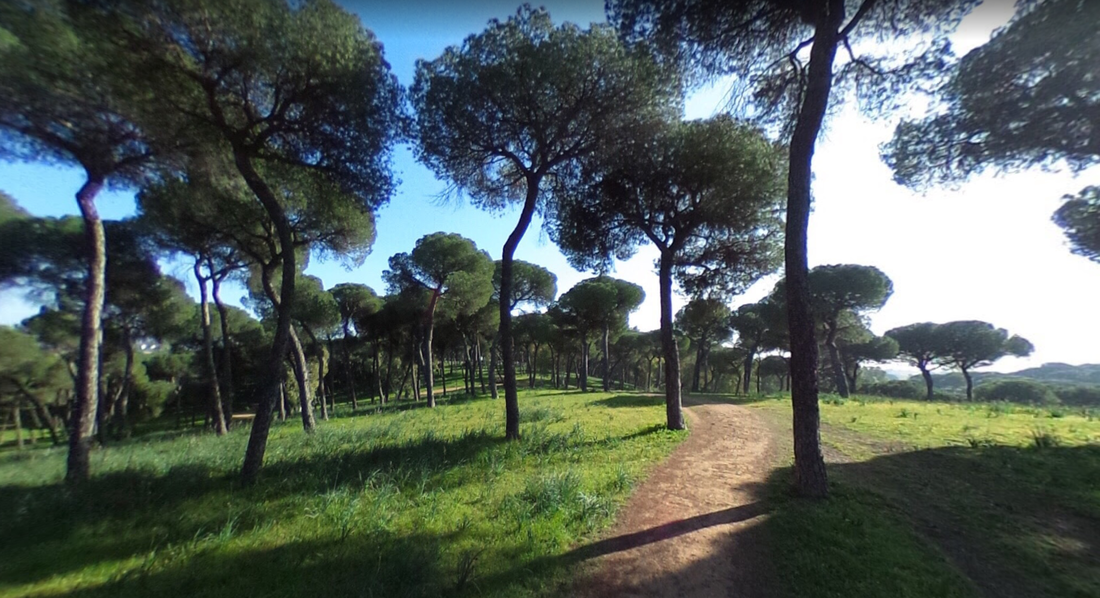
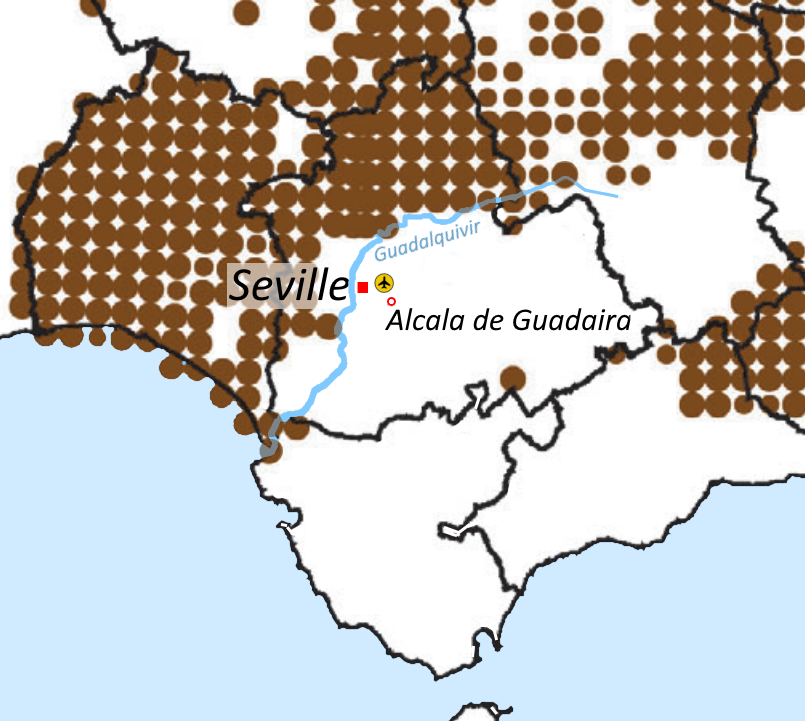
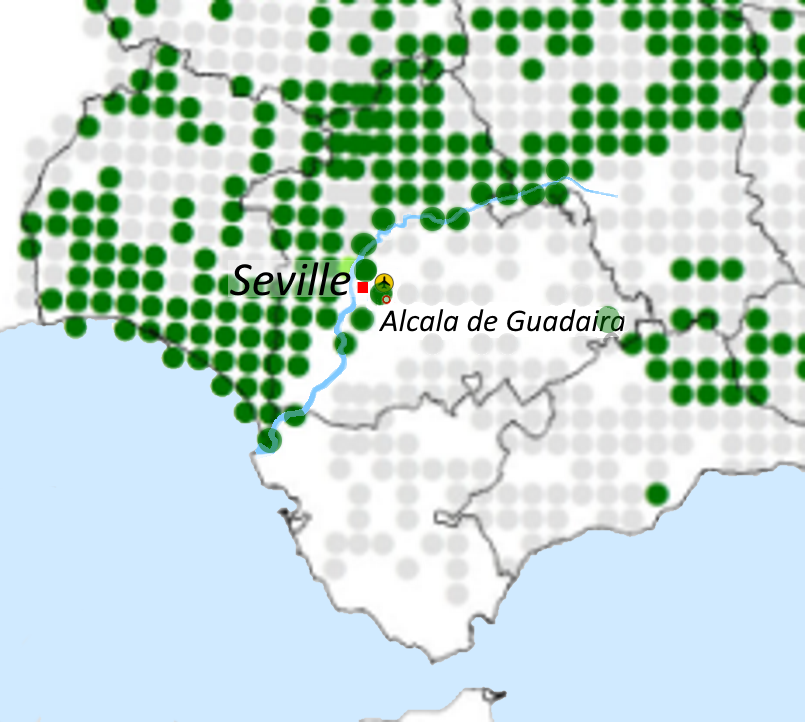
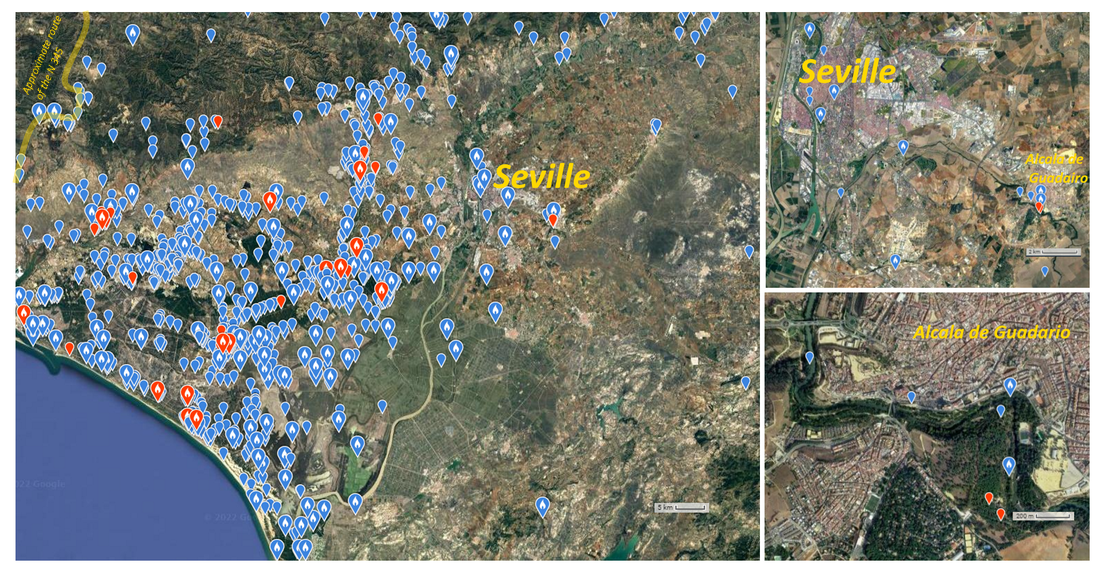
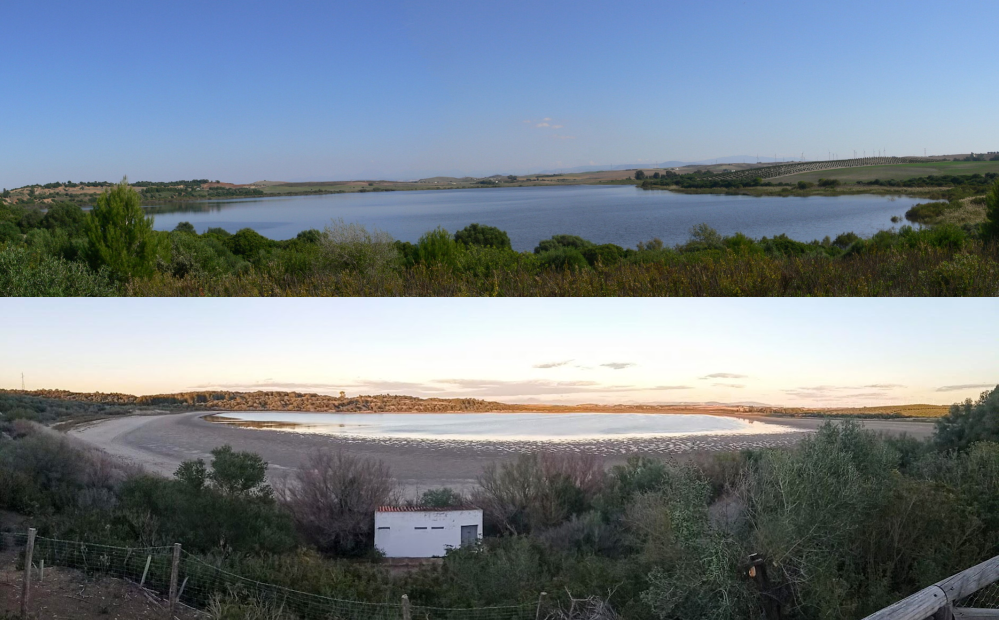
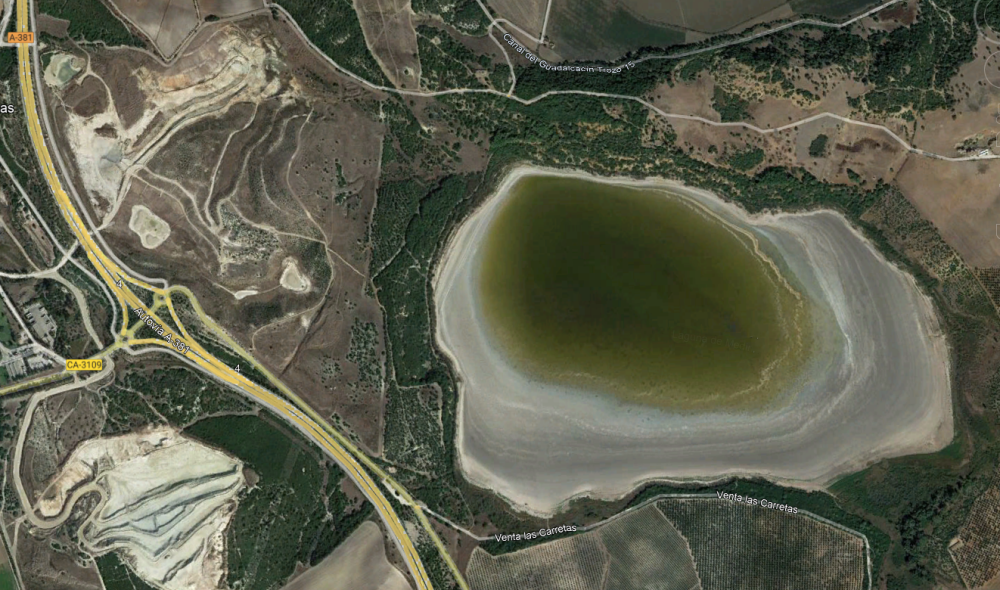
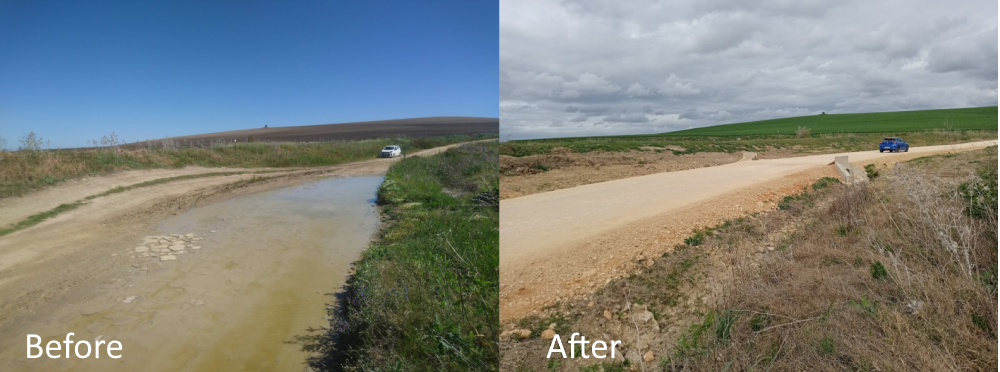
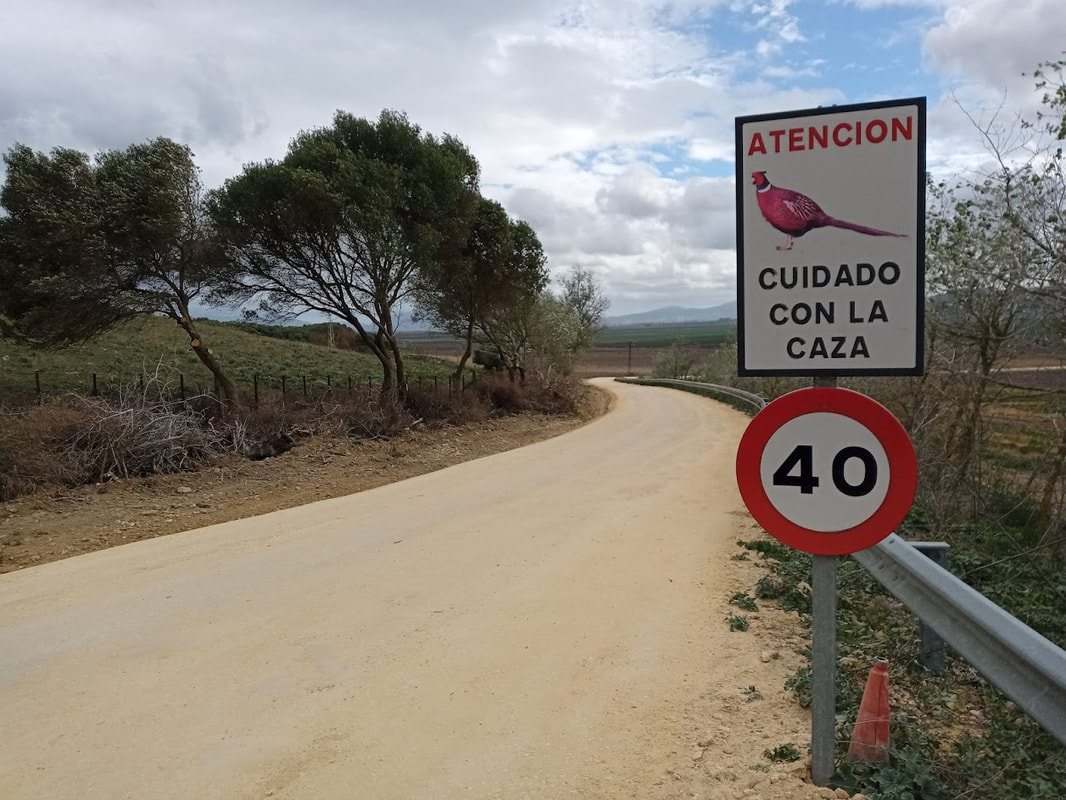
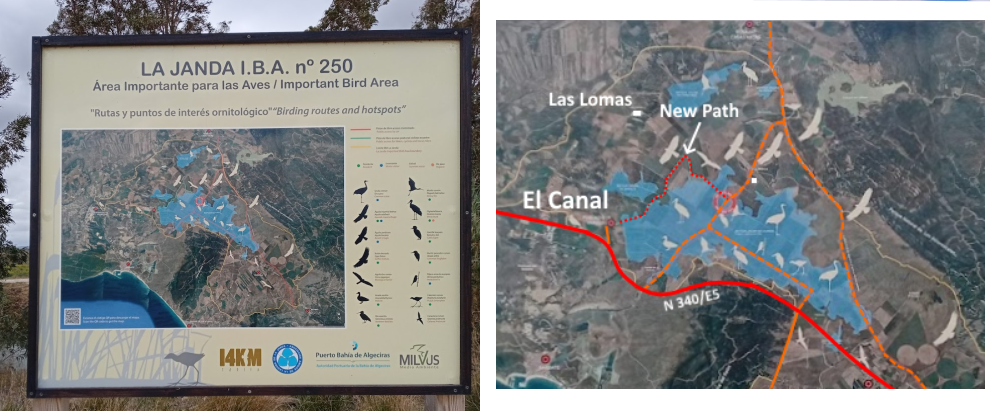
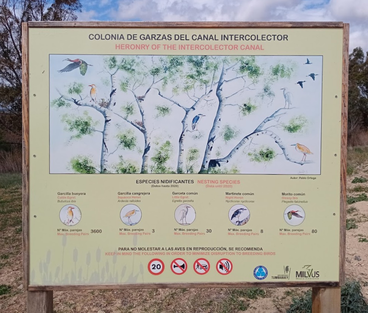
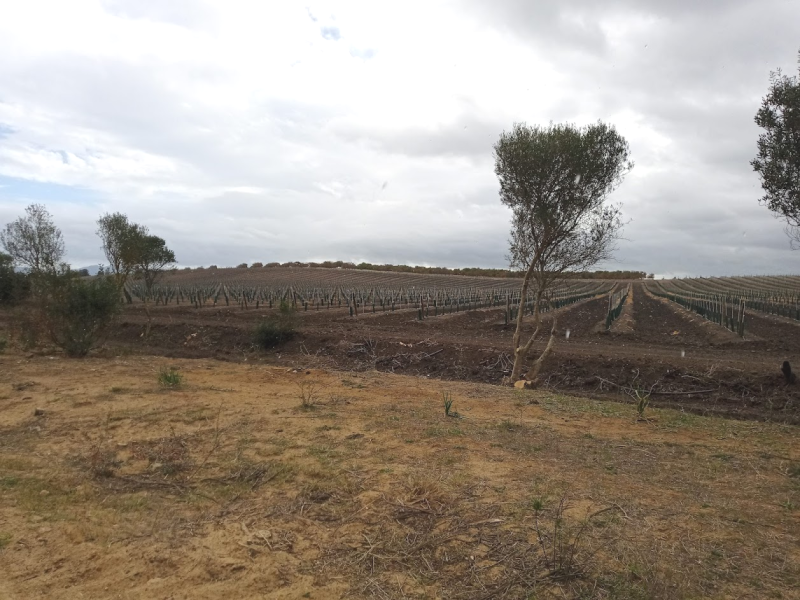
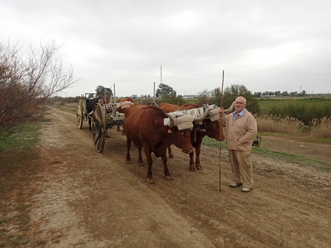
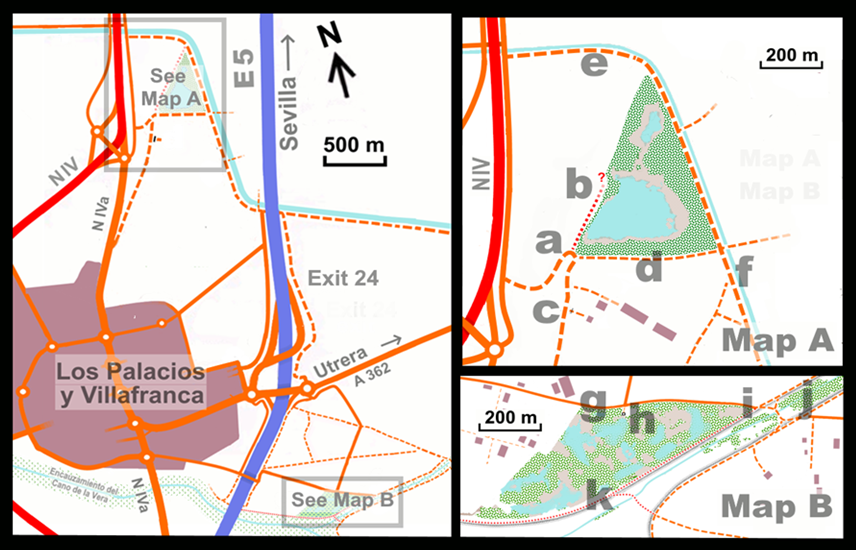
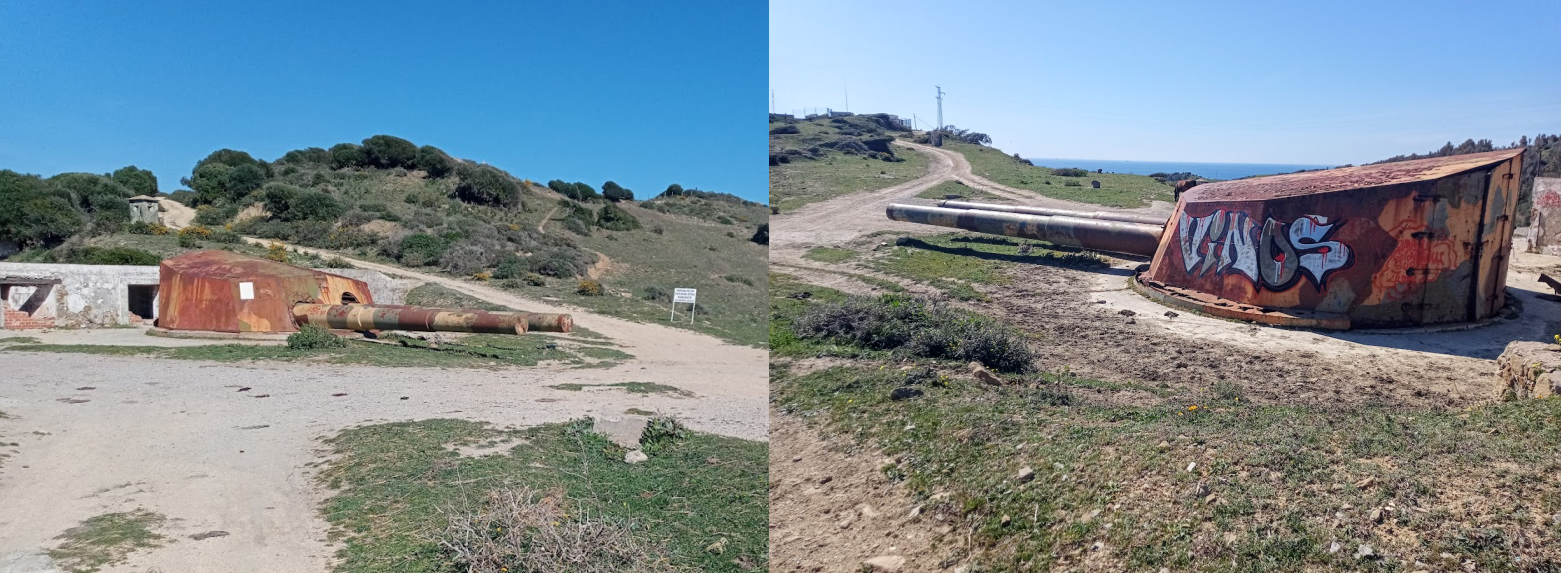
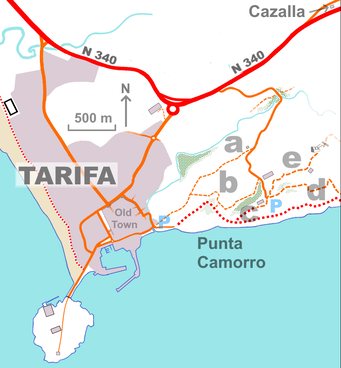
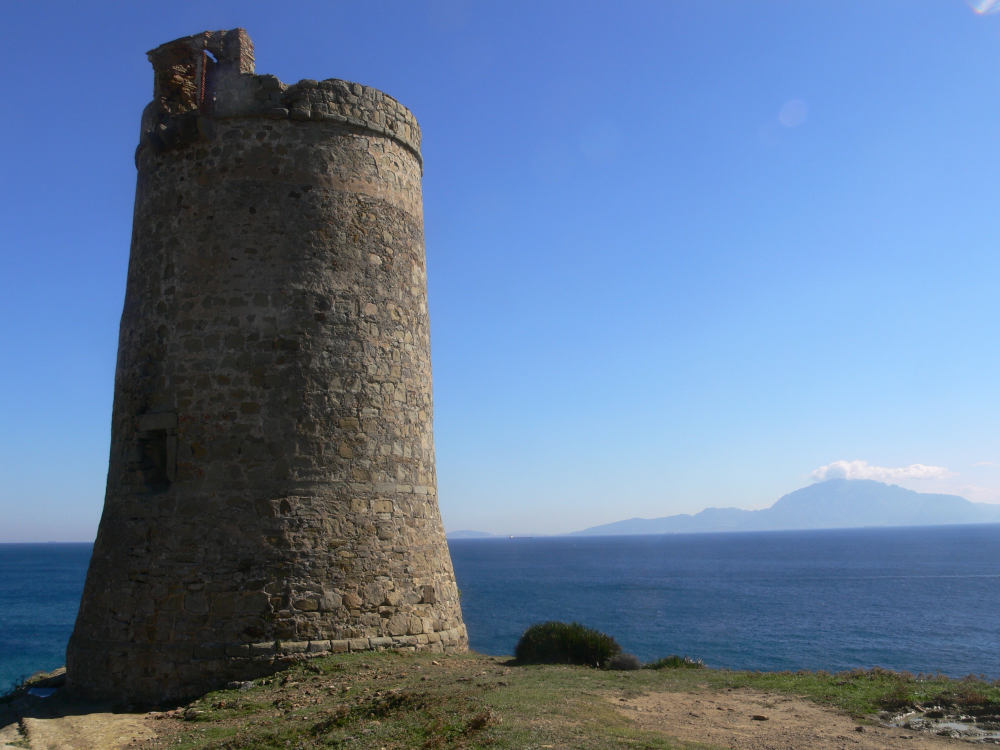
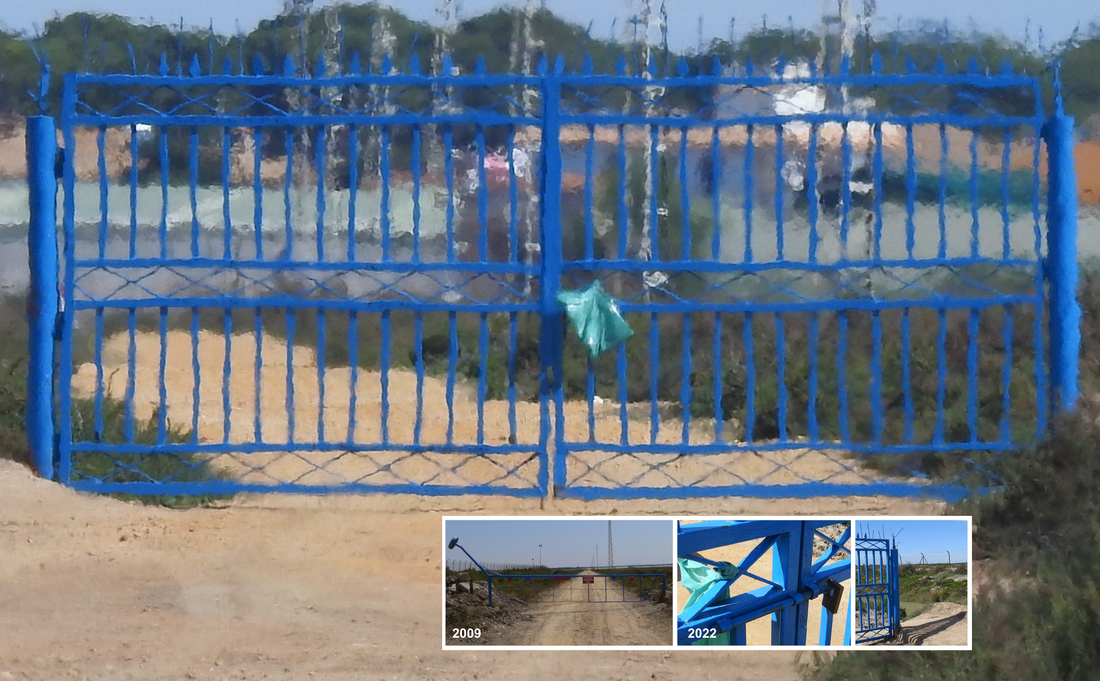
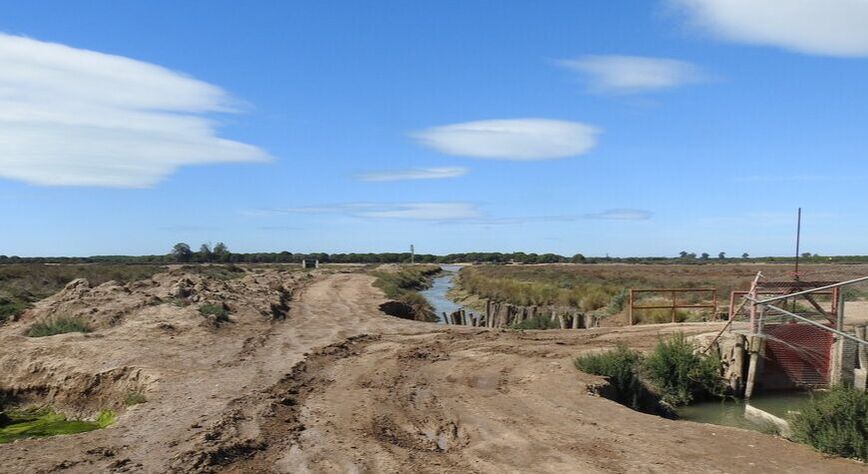
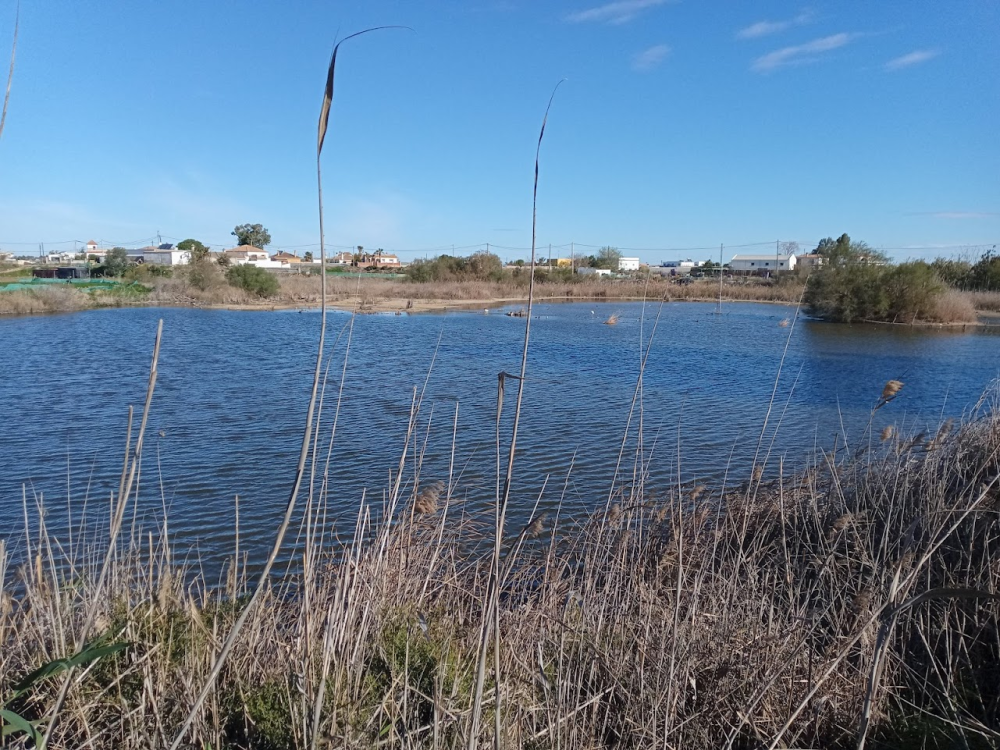
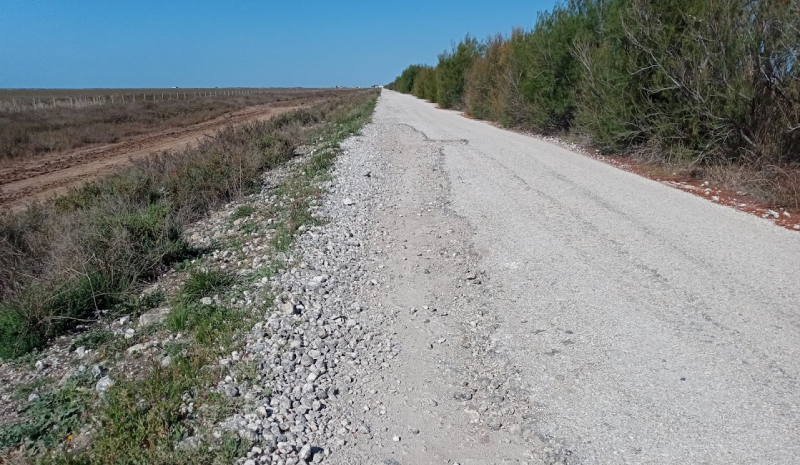
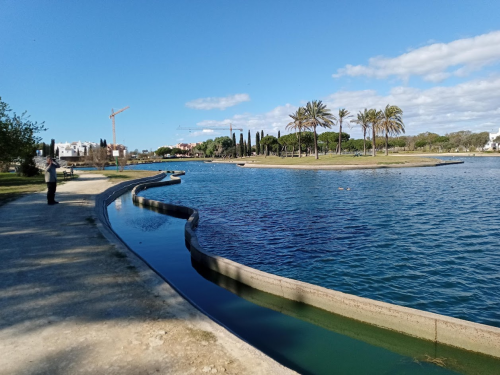
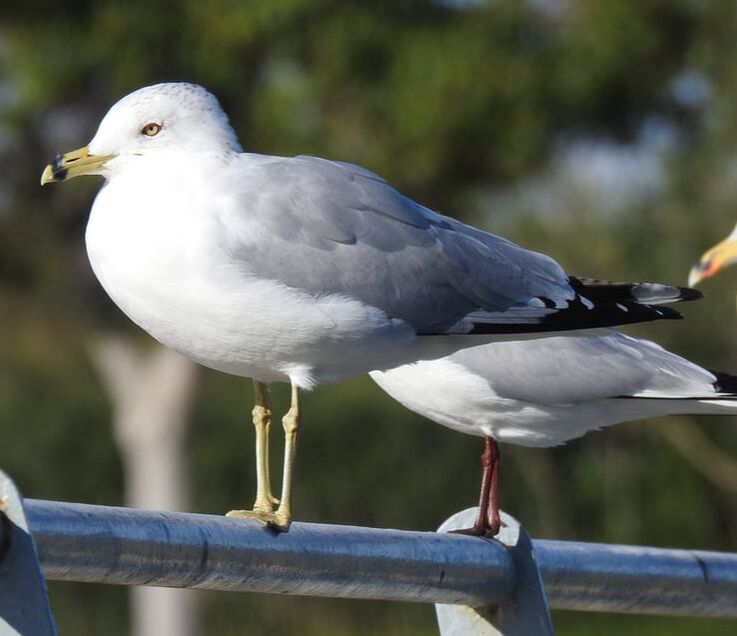
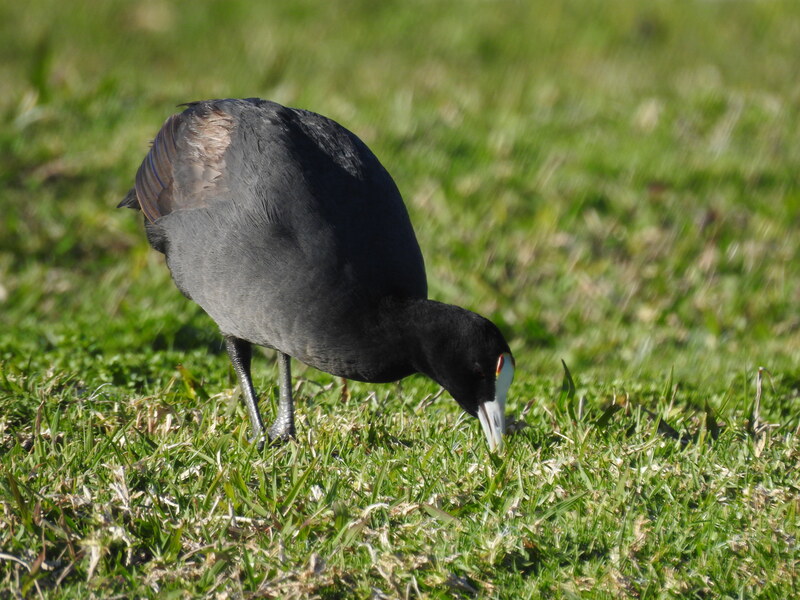
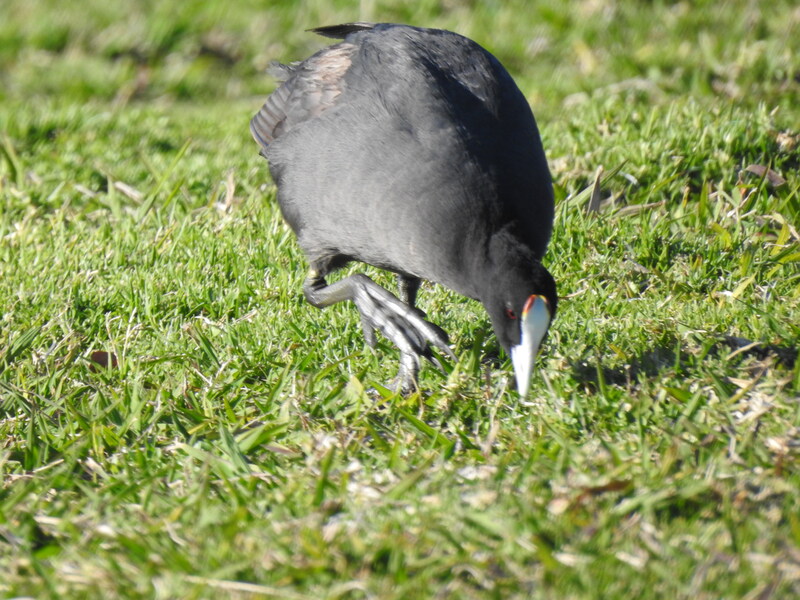
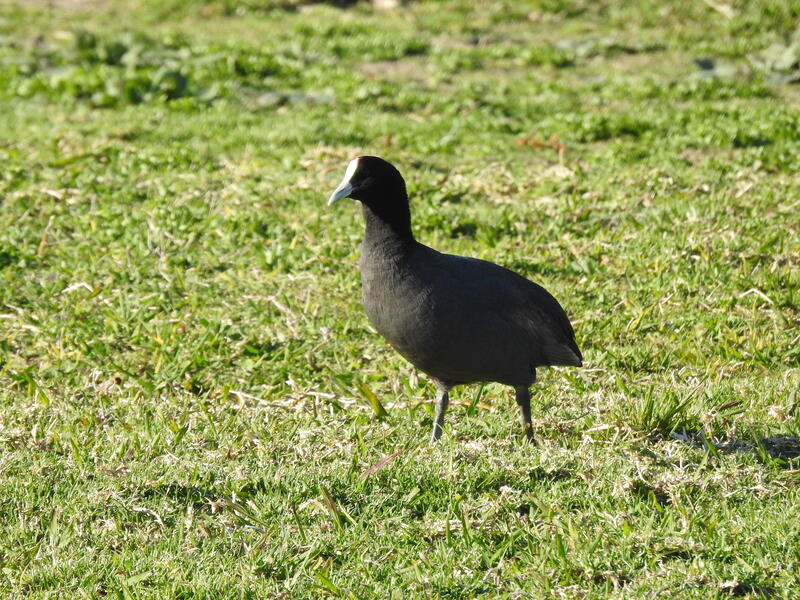
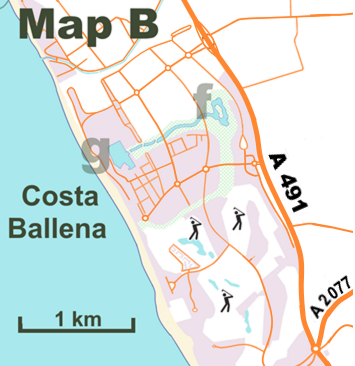
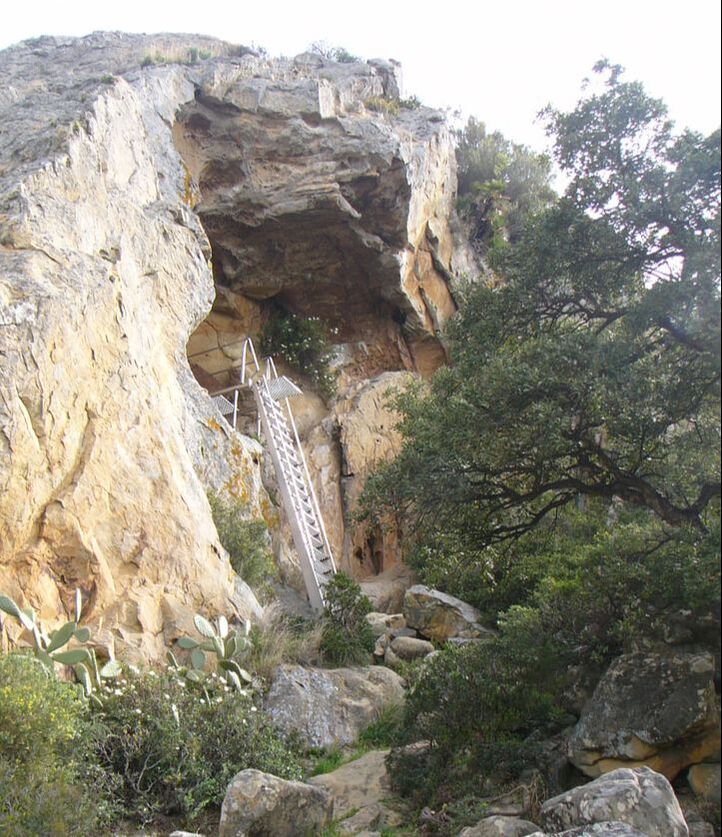
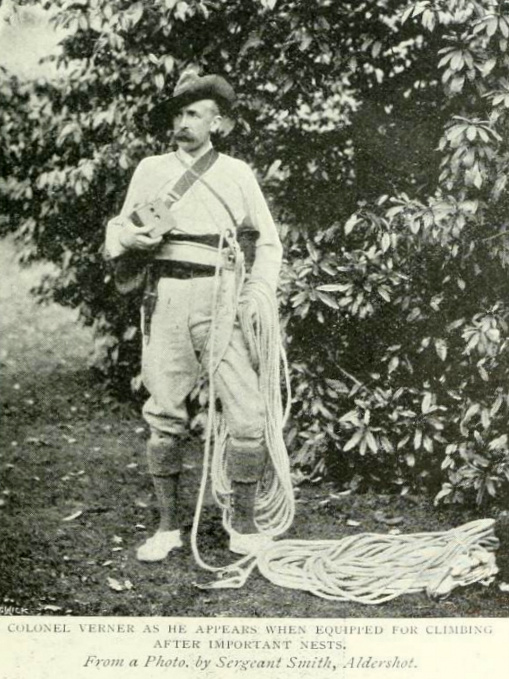
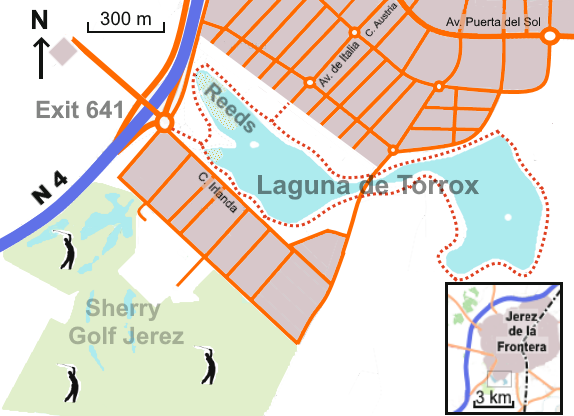
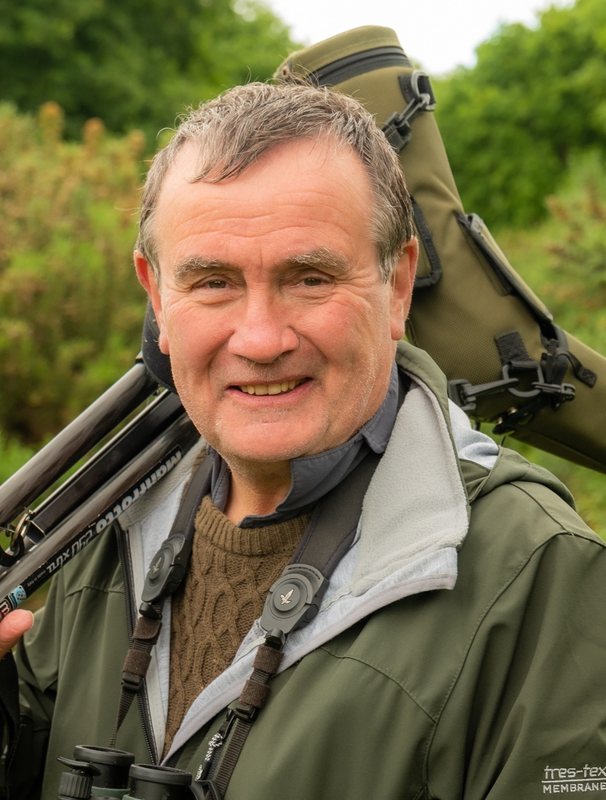
 RSS Feed
RSS Feed
